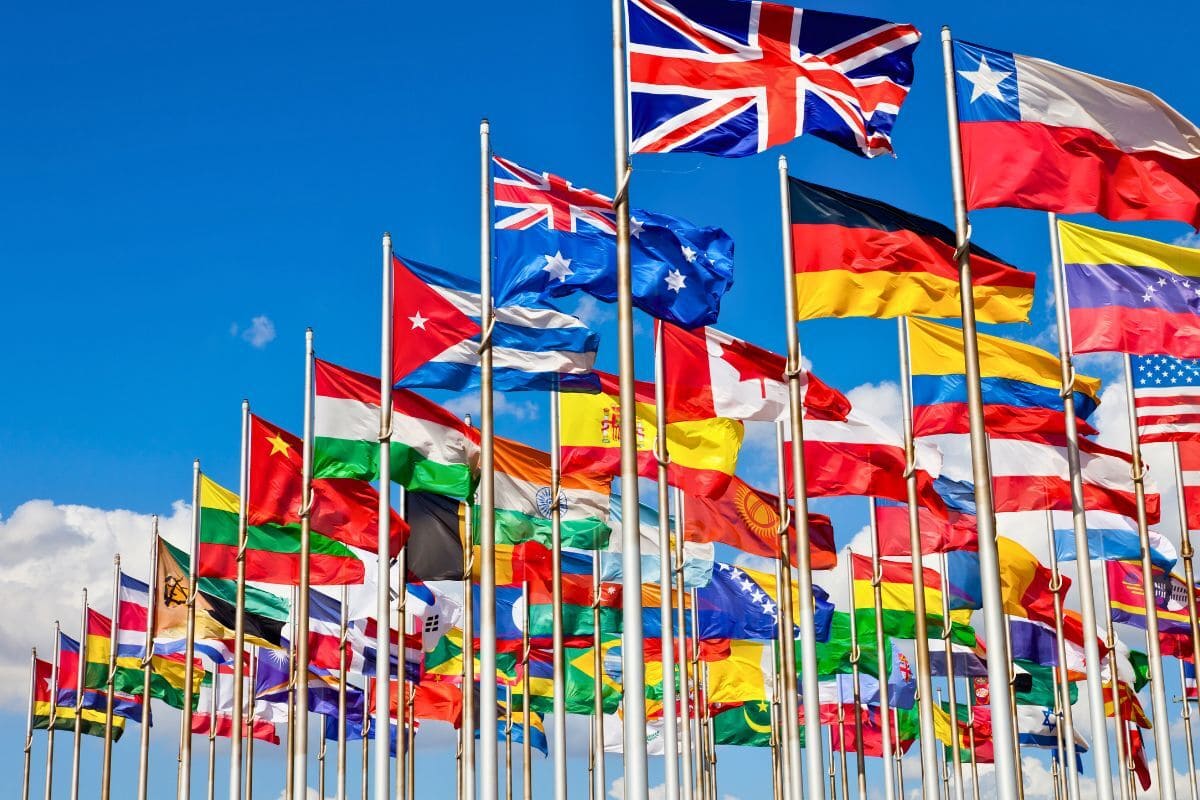The most favored nation (MFN) principle is an important rule in global trade. It acts as a non-discriminatory trade policy, meaning a country must give the same trade terms to all its partners. If one country receives a benefit, like a lower tariff, then all trading partners should get the same. This rule helps prevent favoritism and makes trade more stable and predictable.
In different contexts, MFN might be called “most favored customer” or “best-in-class pricing.” These terms reflect the same idea: fair and equal treatment for everyone involved. MFN applies across goods, services, and tariffs. For goods, it ensures that all countries get equal tariff rates, which benefits exporters. For services, it gives foreign providers the same opportunities as local ones. When it comes to tariffs, MFN requires equal rates on imports from all partners, which helps reduce trade barriers and create a level playing field.
MFN clauses are also common in trade agreements. These clauses set standards that prevent trade biases. By treating each partner equally, MFN helps countries build trust, reduce trade barriers, and open markets. This approach makes global trade simpler and more fair.
Example of a MFN Clause in international trade
Imagine three countries: Country A, Country B, and Country C.
Country A has a trade agreement with Country B. In this deal, Country A lowers tariffs on steel imports from Country B.
Because of the most favored nation (MFN) clause, Country A must give Country C the same lowered tariff on steel, even though they don’t have a direct agreement.
This means that whenever Country A gives a trade benefit to one partner, it must extend that benefit to all partners with MFN status. So, if Country A offers a reduced steel tariff to Country B, Country C automatically receives the same lower rate. This rule keeps trade fair and prevents favouritism, building stable and equal trade relationships between countries.
Historical Background of the MFN
The idea of “most favored nation” has been around for centuries. It started in the 11th century when countries made deals to trade fairly with each other. By the 18th century, MFN clauses became common. Countries agreed to treat one another as equals, giving each the best terms possible in trade.
After World War II, the global trade system needed clear rules. This led to the creation of the General Agreement on Tariffs and Trade in 1947. Under GATT, the MFN clause became key to fair trade. Any advantage given to one country had to be given to all members. This setup made trade fairer and opened markets for everyone involved.
In 1995, the World Trade Organization (WTO) replaced GATT. The WTO made MFN a core rule for its members, requiring each to give equal trade terms to others. This approach made MFN a standard in global trade. Today, it is still a major principle, ensuring that no country is treated better than another in trade agreements.
Exceptions to the Most Favored Nation Clause
Some countries receive special terms to support growth or to build stronger regional ties. These exceptions to the MFN clause allow flexibility in global trade, making it easier to negotiate terms that support different needs.
One key exception is for developing countries. Wealthier nations often offer preferential tariffs or better terms to help these smaller countries grow. For example, a high-income country might reduce tariffs on textiles from a developing country or set higher quotas for its exports. This approach helps these smaller economies compete internationally, even though it breaks the rule of equal treatment.
Another exception is within regional trade blocs like the United States-Mexico-Canada Agreement (USMCA). Under USMCA, the U.S., Canada, and Mexico trade many goods without tariffs, but these benefits don’t extend to other countries. For instance, car parts shipped from Mexico to the U.S. face no import taxes, while parts from outside USMCA would be taxed. This setup strengthens trade ties within the region, even if it creates a preferential system that excludes others.
The World Trade Organization (WTO) allows these exceptions. It sees the importance of making trade adaptable to support growth and build regional networks. By permitting certain exceptions, the WTO ensures global trade can balance fairness with the unique needs of smaller and developing countries.
Comparing Most Favored Nation vs. National Treatment
The national treatment principle ensures that foreign and local products are treated equally within a country. This means that once foreign goods enter a market, they must follow the same rules as domestic goods. This approach protects foreign products from discrimination, giving them equal opportunities alongside local items.
While both MFN and national treatment focus on fairness, they apply differently. MFN governs how a country treats its trade partners, making sure all receive equal terms. In contrast, national treatment applies within a country, ensuring that once foreign goods enter, they are treated the same as local products. MFN works to create balance in trade between nations, while national treatment creates balance within a single market.
Together, these principles support the World Trade Organization’s goal of fair trade. MFN helps prevent bias between countries, while national treatment reduces bias within markets. By applying both, the WTO creates a more open trading environment, where goods and services can move freely and fairly.







